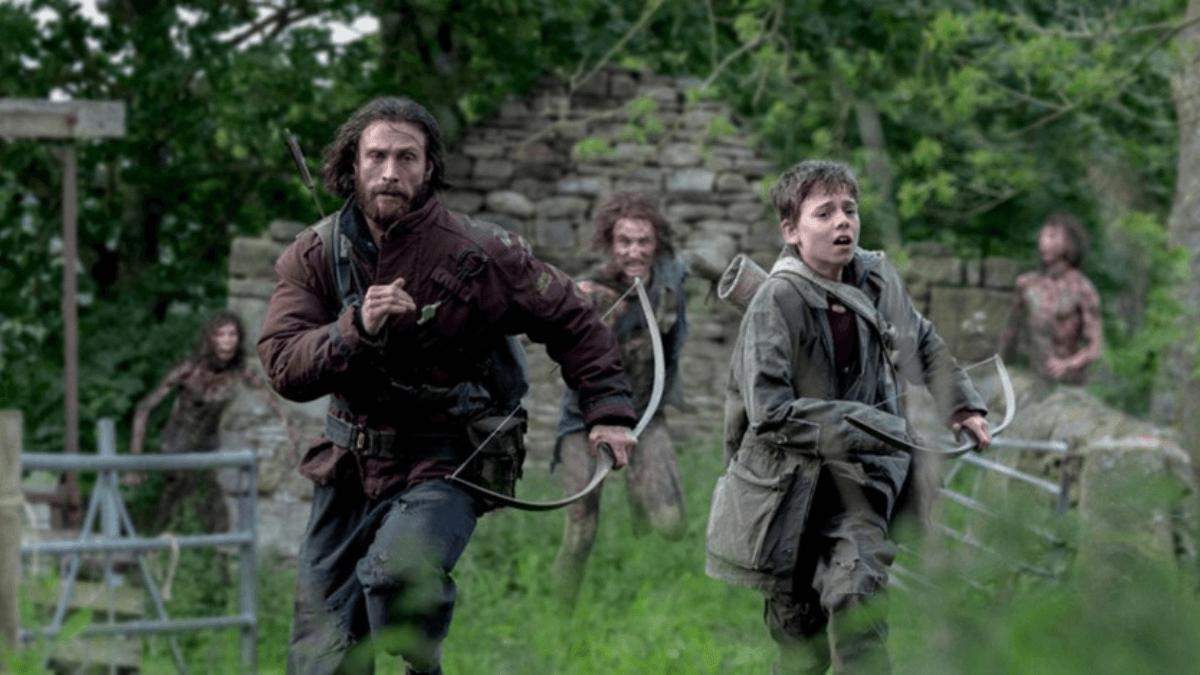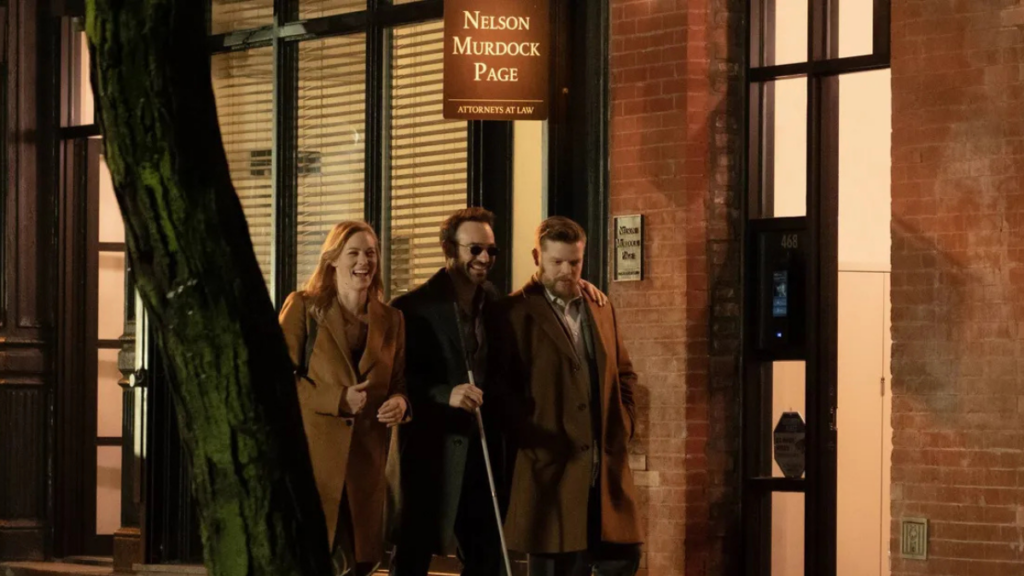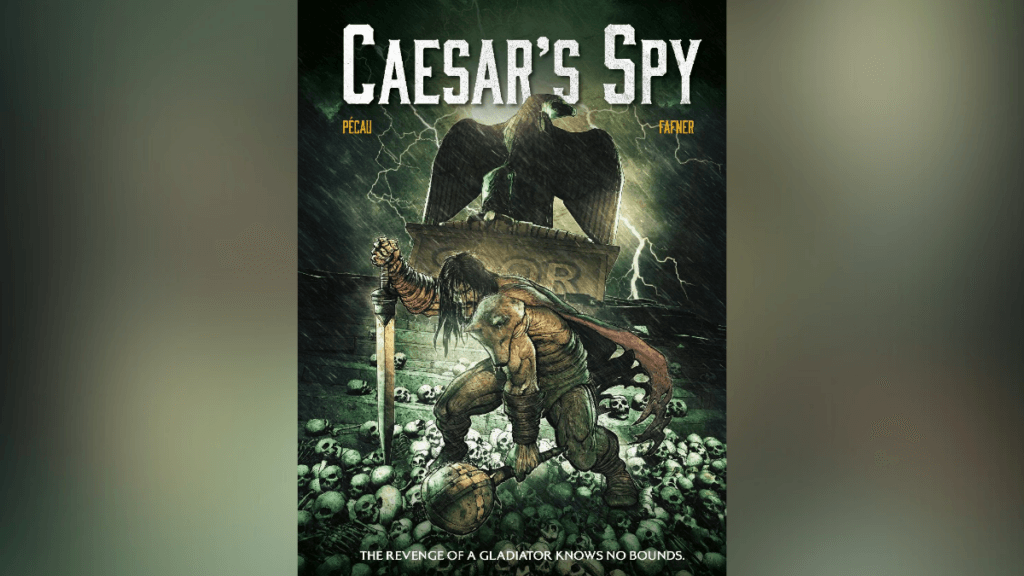
28 Years Later director Danny Boyle explains his filmmaking process, including how the movie was shot entirely on rigged-up iPhones.
Summer 2025 is rife with some big blockbusters in the world of sci-fi, fantasy and horror. We’re talking the MCU’s Fantastic Four, DC’s Superman, Guillermo Del Toro’s Frankenstein, and the return of the Jurassic Park franchise. One franchise that’s also making its triumphant return is Danny Boyle’s seminal ’28 Days Later’ British zombie franchise, with the arrival of threequel 28 Years Later.
28 Years Later has already garnered a lot of hype. The trailer alone has already won some insane awards, including the Golden Trailer Award. If that’s anything to go by, we’re in for a wild ride indeed. The movie boasts an all-star cast, headlined by Jodie Comer as Isla, Aaron Taylor-Johnson as Jamie, Ralph Fiennes as Dr. Kelson, and Jack O’Connell as Sir Jimmy Crystal.
Ahead of the next instalment, director Danny Boyle recently weighed in on the creative way that the movie was filmed. If you’re unaware, the crew used lots of rigged-up iPhones, rather than more conventional filmmaking methods. Some scenes were shot with 20 iPhones. This isn’t the first time that the film series has used odd techniques, with the first movie being filmed in digital video, offering up a more raw, home video feel.
“I suppose you could ignore it,” Boyle told IGN of the decision to implement unconventional techniques, “but we decided to carry it as an influence.”
Filming on iPhones allowed the team to experiment with totally unique shots. “I never say this, but there is an incredible shot in the second half [of the film] where we use the 20-rig camera, and you’ll know it when you see it. … It’s quite graphic but it’s a wonderful shot that uses that technique, and in a startling way that kind of kicks you into a new world rather than thinking you’ve seen it before.”
“Wherever, it gives you 180 degrees of vision of an action, and in the editing you can select any choice from it, either a conventional one-camera perspective or make your way instantly around reality, time-slicing the subject, jumping forward or backward for emphasis. As it’s a horror movie, we use it for the violent scenes to emphasise their impact.”
One benefit the widescreen rig-out had on the production was the ability to make the infected more versatile. “We thought we’d benefit from the unease that the first film created about the speed and the velocity, the visceral [aspect] of the way the infected were depicted,” he added. “If you’re on a widescreen format, they could be anywhere… you have to keep scanning, looking around for them, really.”
So in conclusion, the production of 28 Years Later was tough but rewarding. “It’s challenging, the film,” he explained. “It’s not what you’ll expect at all. It is in certain ways, but it’s also unusual as well. So I’m very proud of that.”
28 Years Later releases June 20th in cinemas. Are you excited?



